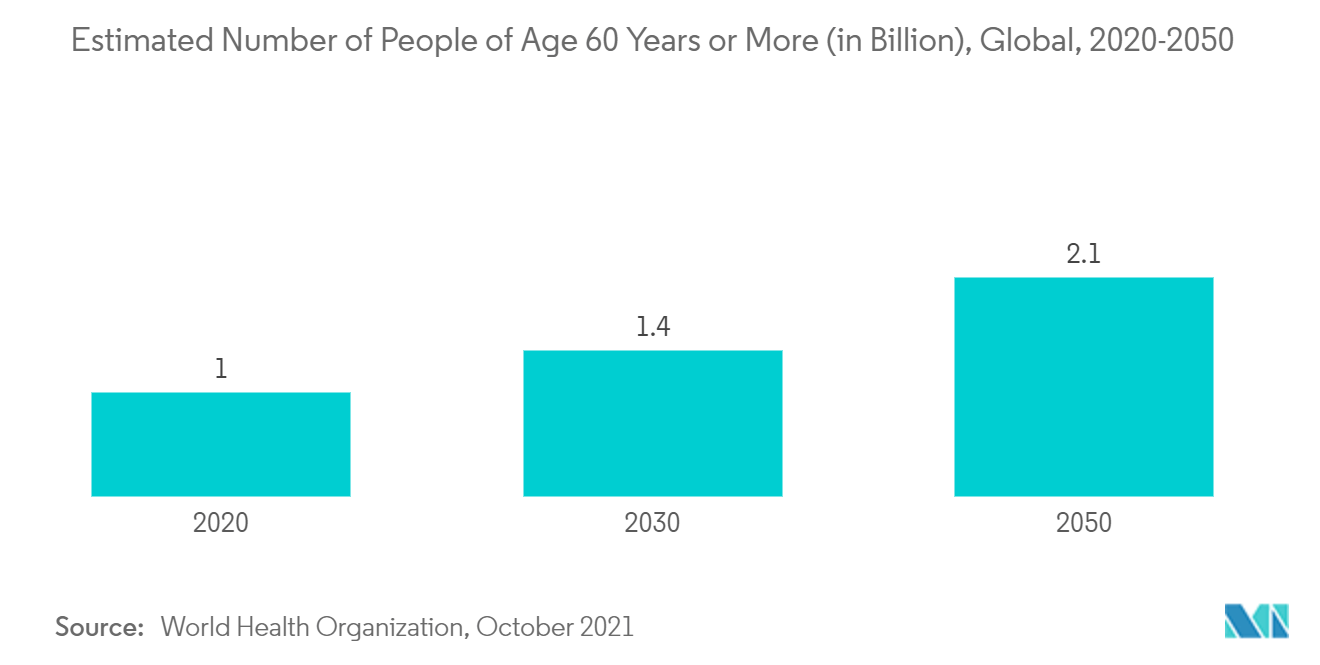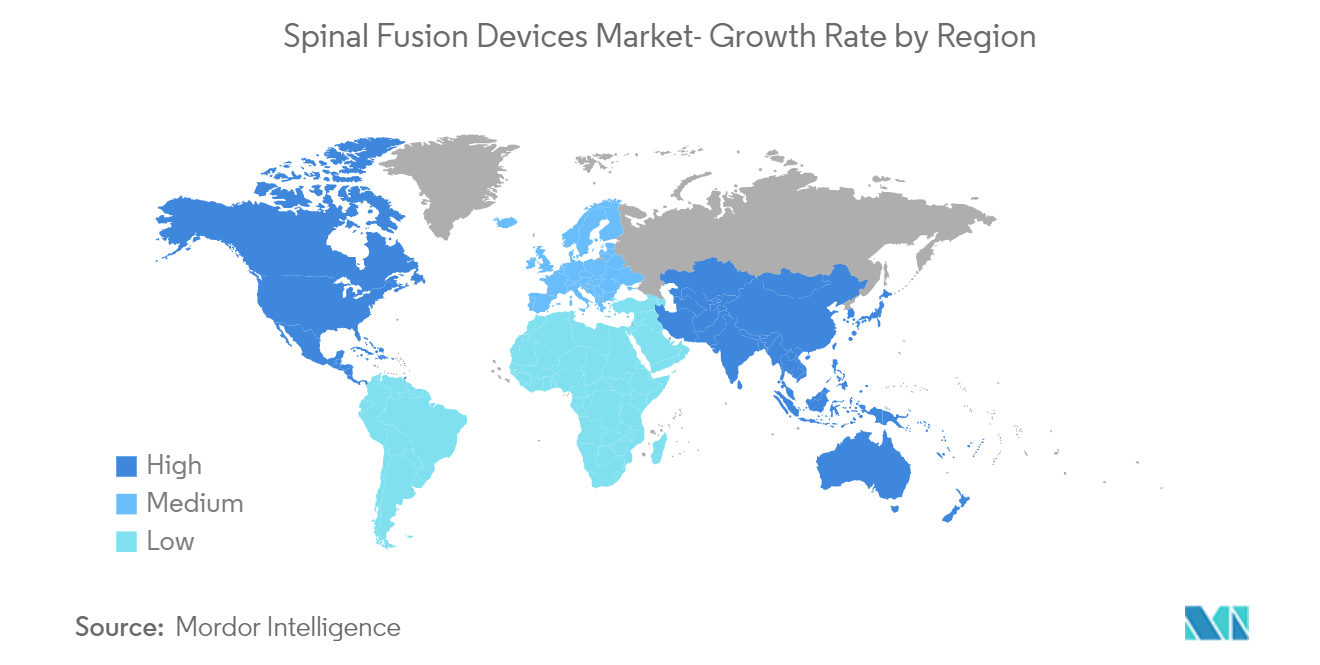Market Trends of Global Spinal Fusion Devices Industry
This section covers the major market trends shaping the Spinal Fusion Devices Market according to our research experts:
Lumbar Fusion Devices are Expected to Witness Healthy Growth Over the Forecast Period
Lumbar fusion is a complex operation that requires the use of screws placed between the vertebrae to be fused. The bone graft is then placed around these screws. The screws that are used during this operation are made of titanium and are usually placed for a lifetime. These operations involve higher risks than simple laminectomies or discectomies. The recovery period is typically longer after this procedure, and operating time can be anywhere between four to eight hours.
According to the study titled "Establishment of a Novel Method for Spinal Discectomy Surgery in Elderly Rats in an In Vivo Spinal Fusion Model" published in December 2021, fusion surgery is one of the most common surgical procedures for the spine. Annually, approximately 400,000 spinal fusions are performed in the United States, with estimated costs of USD 32 billion. Thus, increasing the use of lumbar fusion surgery is anticipated to rise in demand for lumber fusion devices thereby boosting the segment growth.
There have been significant advancements in the field of minimally invasive lumbar fusions. In June 2020, the company 4WEB Medical received the 510(k) clearance from the United States Food and Drug Administration (FDA) to market its Stand-Alone Anterior Lumbar Interbody Fusion Device. The high adoption rates of minimally invasive procedures, such as transforaminal lumbar interbody fusion (TLIF) and posterior lumbar interbody fusion (PLIF), are contributing to the market expansion. Thus, all aforementioned factors are anticipated to drive the segment growth over the forecast period.

North America Region is Expected to Hold Largest Share in the Spinal Fusion Devices Market
Within North America, the United States is expected to have the largest market share. The United States currently dominates the market for spinal surgery devices, and this dominance is expected to continue in the coming years as the number of Americans suffering from lower back pain and other spine-related disorders rises year after year. According to the National Spinal Cord Injury Statistical Center 2020, the annual incidence of spinal cord injury (SCI) in the United States is roughly 54 cases per one million people, or approximately 17,810 new SCI cases each year, given the country's current population size of 329 million people. Thus, the growing burden of spinal cord injury is anticipated to drive the demand for spinal fusion devices thereby boosting the market growth.
The United States is the most COVID-19-affected country in the world. According to the study titled " Elective surgery cancellations due to the COVID-19 pandemic: global predictive modeling to inform surgical recovery plans" published in the British Journal of Surgery, in May 2020, based on 12 weeks of peak disruption to hospital services due to COVID-19, around 28.4 million elective surgeries worldwide were canceled or postponed 2020. Initially, there is a decline in demand for spine surgery products which has negatively impacted the overall market growth.
Furthermore, several market players are also engaged in the implementation of strategic initiatives, thereby contributing to market growth. For instance, in June 2021, Spectrum Spine, acquired a highly unique and proprietary surface technology BIOBraille for spinal trauma and has begun operations with the device. Additionally, In September 2020, the company Spineology Inc. received the Food and Drug Administration Approval of its proprietary Spineology Interbody Fusion System called OptiMesh Expandable Interbody Fusion System. In February 2021, the company Empirical Spine Inc. reported the initiation of the PMA submission process for LimiFlex with decompression for patients affected by degenerative spondylolisthesis with lumbar spinal stenosis. Thus, all aforementioned factors are anticipated to drive the market growth over the forecast period.


